Blogs and Free Resources
Here at PESI, our mission is to provide professionals like you with FREE practical and valuable tools, strategies,
and resources to assist with the great work you do. Find expert tips, helpful worksheets, demonstration videos, CE, news,
and more here. Happy learning!
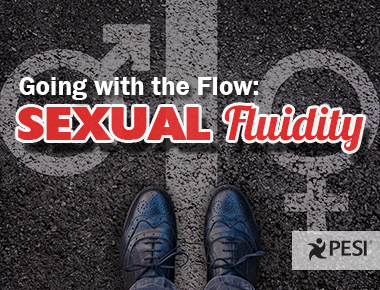
Going with the Flow: Male and Female Sexual Fluidity
Sexual fluidity is the understanding that sexual preferences can change over a lifetime and be dependent on different situations. It is a person’s ability to engage in sexual behaviors and interest in members of both genders. Sexual preference and sexual orientation are two different things. Let me explain...
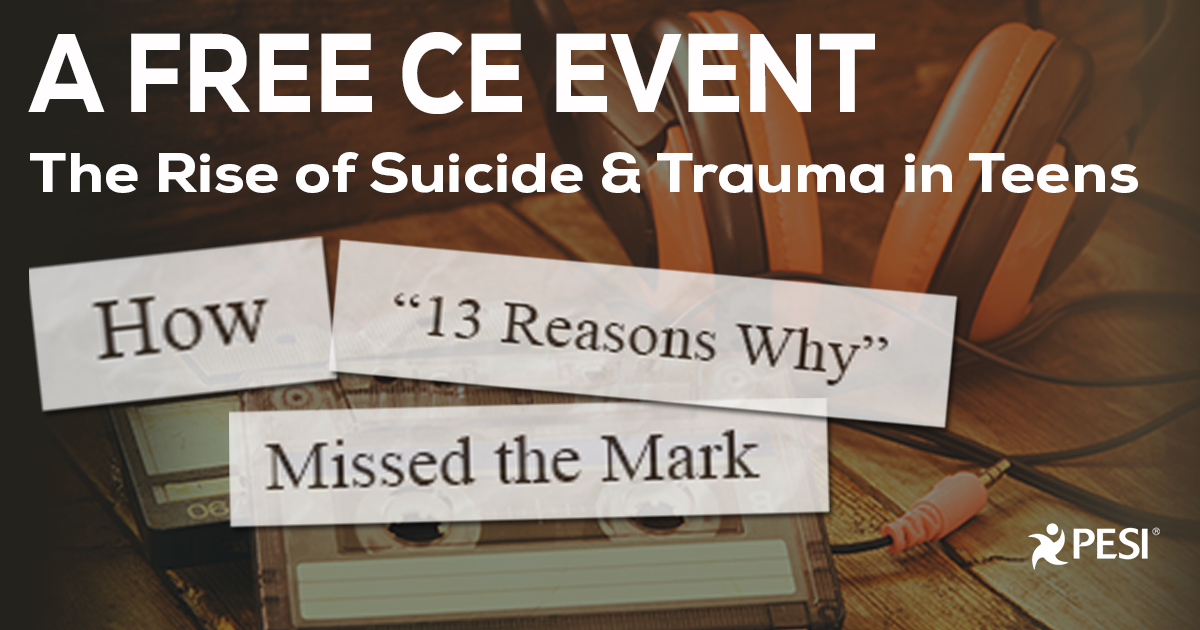
The Rise of Suicide and Trauma in Teens
How "13 Reasons Why" Missed the Mark
Whether you find the show compelling or troublesome, one thing is certain: We need to talk about the rise of teen suicide and trauma in kids and teens. That’s why we created a free, one hour online CE seminar designed for clinicians, educators, and even parents to learn how to talk about suicide and mental health with teens. Read more to get instant access...
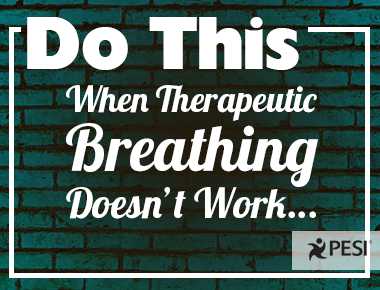
When Therapeutic Breathing Isn't Effective
You don't always have to know what's going on with your clients in order to help them...I had a client that just didn't benefit from therapeutic breathing, so I tried something different. Let me show you in this short video.
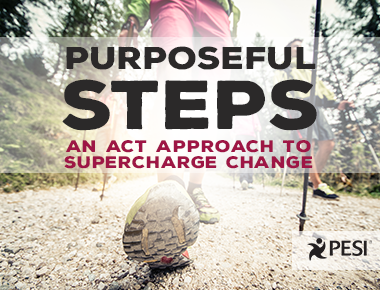
Supercharge Change with Values
The Purposeful Steps Exercise
Living a values-driven life involves getting out of your head and stepping into the world. Help your clients define what their next steps will be with the Purposeful Life activity.

How to Get Kids Reading Before Kindergarten
The "Kitten Chow" activity
We all play a vital role in the development of the kids that we serve. As providers, we not only affect a child's current development, we also have the ability to shape a child's future academic and social success when we help them learn to love reading.
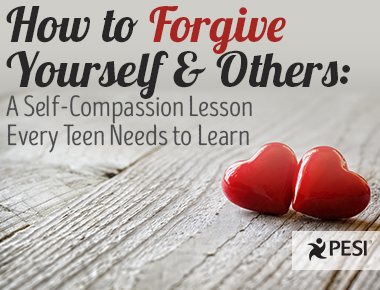
How to Forgive Yourself and Others
A Self- Compassion Lesson Every Teen Needs to Learn
Self-compassion and mindfulness skills can be adapted to almost any challenging situation teens face. The card deck I created provides over fifty conversation starters and exercises you can use with teens to help build mindful awareness, compassion, empathy, and kindness. Try this easy-to-implement exercise on forgiveness.
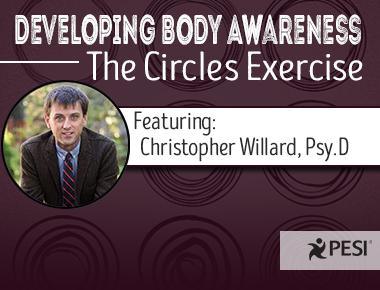
Developing Body Awareness
The Circle Exercise
The Circle Exercise is a great tool to use when you need a little bit of movement to wake up the mind and body and clear the head. It can be used with all ages, both individually or in a group.
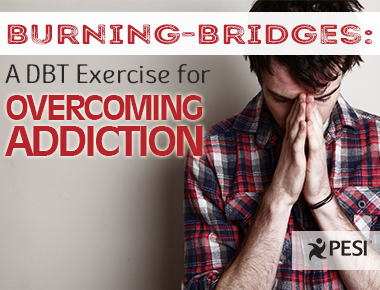
Dialectical Behavior Therapy (DBT) For Addictions
The Bridge-Burning exercise to remove the means of acting on harmful behavior
Bridge-Burning is proactively removing the means of acting on your urges to engage in addictive behaviors. The concept of Bridge-Burning recognizes that relapse into harmful behaviors happens more easily when there is the immediate opportunity to act on impulses. Eliminating the opportunities and/or inserting barriers between urge and action will result in more opportunities to practice skills.
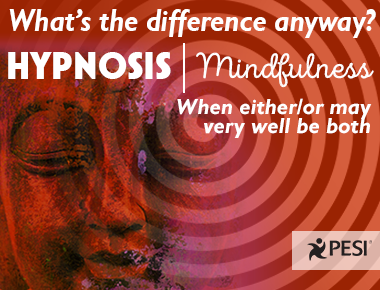
Mindfulness Vs. Hypnosis
What's the difference anyway?
Clients (and therapists making referrals) are usually fairly certain that they want one or the other. They feel that either hypnosis or mindfulness is what is needed. You want to stop smoking? Hypnosis. You want to calm down? Mindfulness. It is usually either/or, though the presenting issue may very well be both.
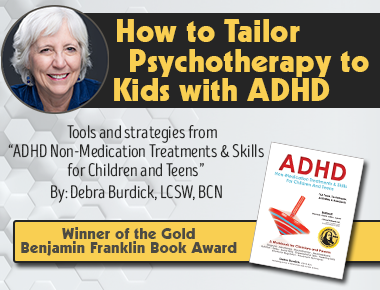
How to Tailor Psychotherapy to Kids with ADHD
Get 2 free handouts to help tailor your psychotherapy approach for kids and teens with ADHD.



